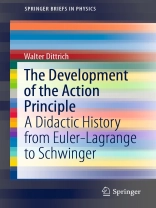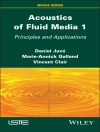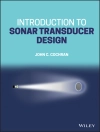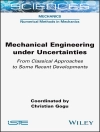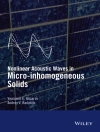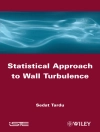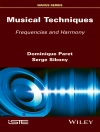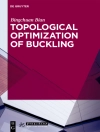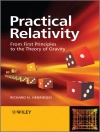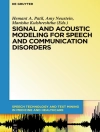This book describes the historical development of the principle of stationary action from the 17th to the 20th centuries. Reference is made to the most important contributors to this topic, in particular Bernoullis, Leibniz, Euler, Lagrange and Laplace. The leading theme is how the action principle is applied to problems in classical physics such as hydrodynamics, electrodynamics and gravity, extending also to the modern formulation of quantum mechanics and quantum field theory, especially quantum electrodynamics. A critical analysis of operator versus c-number field theory is given. The book contains many worked examples. In particular, the term ‘vacuum’ is scrutinized.
The book is aimed primarily at actively working researchers, graduate students and historians interested in the philosophical interpretation and evolution of physics; in particular, in understanding the action principle and its application to a wide range of natural phenomena.
Tabella dei contenuti
Short Historical Introduction.- Curva Elastica.- The Curva Elastica, a Curve of Least Energy.- From Euler to Lagrange.- Laplace and the Capillary – 1807.- A Final Application in Elasticity with Jacobi Elliptic Functions.- Short List of Jacobi Elliptic Functions and Constants Used in Chapter 5.- Variational Methods for Periodic Motions; Mathieu Functions.- Lagrangian for Isentropic Irrotational Flow.- Action Principle in Classical Electrodynamics.- The Two Giants in Gravity: Einstein and Hilbert.- The Quantum Action Principle.- The Action Principle in Quantum Field Theory.- Quantum Field Theory on Space-Like Hypersurfaces.- Lagrangian Formulation of Gauge Theories.- Effective Actions (Lagrangians) in Quantum Field Theory.- Modified Photon Propagation Function, Source Theory.
Circa l’autore
Prof. Dr. Walter Dittrich was head of the quantum electrodynamics group at the University of Tübingen until his retirement in 2001 and is still actively publishing papers and books in classical and quantum physics. He received his doctorate under Prof. Heinz Mitter at Heisenberg’s institute in Munich and continued pre- and postdoc work at Brown University, Harvard and MIT. He profited immensely from lectures by and discussions with Profs. Herb Fried, Ken Johnson, Steve Weinberg, Julian Schwinger and, later on, at the Institute for Advanced Study (IAS) in Princeton, Steve Adler and David Gross at Princeton University. He started his work on gauge theories and QED in collaboration with Schwinger in the late 1960s. He was visiting professor at UCLA, Berkeley, Stanford and the IAS. He has over 30 years of teaching experience and is one of the key scientists in developing the theoretical framework of quantum electrodynamics.
